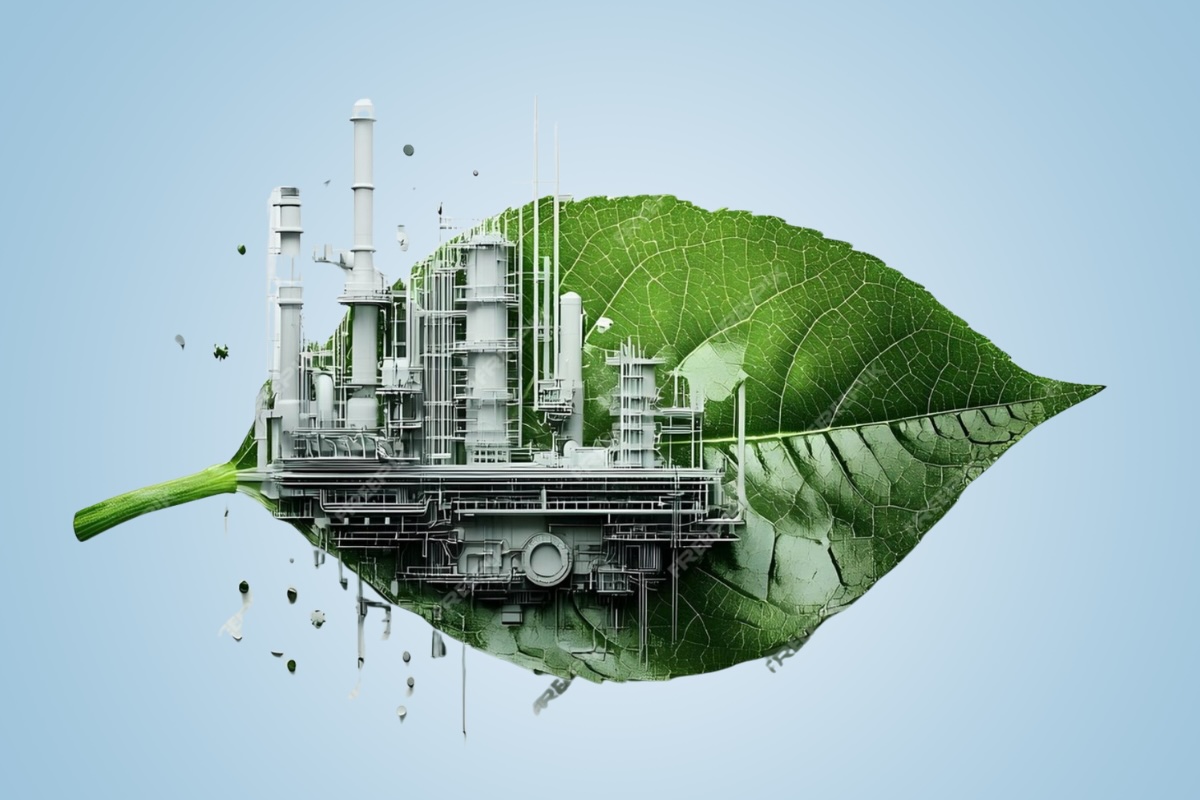Sophisticated supply chains are turning yesterday’s waste into tomorrow’s fuel. As global demand for biofuels surges, market analysts project the industry to reach $326 billion in the next decade. The clean energy transition will depend on the ability to produce, move, and certify sustainable fuels across borders, and Europe is stepping into a leadership role in this transition. While the continent is currently a net importer of biofuels, it is positioning itself to become a global hub in the supply chain through recent policy and infrastructure investments.
Europe’s Strategic Gateway Position
Several constraints have limited Europe’s ability to scale domestic biofuel production, from limited agricultural land to stringent RED III compliance requirements, including double-counting limitations for Annex IX-A feedstocks and minimum GHG savings thresholds of 65% for new installations. These constraints, however, have driven a different approach to leading the energy transition. Instead, Europe’s clean energy strategy centers on becoming a trusted gateway for globally sourced feedstocks. Forward-thinking commodities specialists are helping make this vision a reality.
“Think of these supply chains as invisible highways across borders,” says William Zhao, Head of Biofuels at XTS Commodities. “They make it possible to bring used cooking oil from South East Asian restaurants to renewable diesel refineries in Rotterdam, while making sure that everything is RED III-compliant.”
This is a revolution in the making, rooted in how the world values waste.
The Rise of Waste-Based Feedstocks
Once seen as a disposal problem, waste-based feedstocks like used cooking oil (UCO) and agricultural residues now deliver revenue streams worth billions annually. This value comes from two main factors. For one, waste-based biofuels limit deforestation, and because they are already byproducts, they avoid the food-versus-fuel concerns that have historically complicated the biofuels industry.
Second, waste-based feedstocks naturally operate under finite supply constraints; there is only so much generated each year. This scarcity, combined with growing demand from refiners and fuel producers, creates competitive pricing dynamics. To get these finite resources to meet demand requires a sophisticated, borderless logistics network, which Europe is uniquely equipped to build.
A Mix of Digital & Physical: Building Reliable Energy Infrastructure
The EU has recently made policy and infrastructure investments that signal their focus on handling sustainable fuel. Strategic port hubs like Rotterdam, Genoa, and Antwerp are emerging as critical nodes in this network. But they will still need to improve physical and digital infrastructure to effectively connect feedstock producers to certified sustainable fuel end markets.
Within physical infrastructure, European ports need specialized handling facilities for waste-based feedstocks. Terminals need upgraded storage and blending capabilities, and pre-treatment facilities must be strategically located to optimize costs and maintain quality.
Digitally, biofuels’ supply chains require sophisticated traceability systems capable of tracking feedstock origins, processing steps, and sustainability certifications across borders. Mass balance accounting, blockchain verification, and digital audit trails have become essential, particularly for the ISCC certification compliance that enables access to European markets.
XTS has invested heavily in building these capabilities, explained Zhao. “XTS’ trading teams understand different certification frameworks and can structure transactions that meet multiple regulatory requirements simultaneously. Our logistics network handles specialized storage and transportation requirements, and our digital systems provide transparency and traceability.”
This mix of expertise and advanced infrastructure is critical to help transform waste into fuel sources that can balance the use of fossil fuels. However, regulatory misalignment between regions, such as differing sustainability criteria between the EU, U.S., and Asian markets, remains a challenge that requires careful navigation in global feedstock networks.
No Silver Bullets, Just Smart Matching
The other piece to emerging as a clean energy leader is understanding that no one technology will be a clear winner. Each sustainable fuel type serves specific markets based on technical requirements, regulatory frameworks, and economic realities. Europe will need a portfolio approach — applying specific fuels where it makes the most sense — to effectively meet the biofuels demand.
Sustainable aviation fuel (SAF), for example, is currently the only viable decarbonization pathway for aviation. Airlines burn through approximately 77 billion gallons of jet fuel annually, but they can’t simply plug their aircraft into charging stations along major routes. Unlike other common fuel alternatives, SAF can be used in existing aircraft with minor modifications, making it the critical technology the industry needs to meet EU net zero 2050 targets. SAF has the potential to reduce lifecycle emissions by up to 85%, depending on the feedstock and production pathway.
Meanwhile, renewable diesel (HVO) has proven an effective approach for road transport and marine applications because of its drop-in compatibility. FAME (Fatty Acid Methyl Ester), bio methanol, and UCOME (Used Cooking Oil Methyl Ester) serve as potential renewable fuel alternatives or blended fuel options in these industries. A portfolio approach to securing sustainable fuels, like the examples above, will help protect supply against geopolitical disruptions, natural disasters, or market volatility.
What Energy Leadership Looks Like
As regulations tighten and corporate sustainability commitments accelerate demand, the value of networks that connect global waste streams to certified fuel outputs will only grow. Balancing the use of fossil fuels with waste-based biofuels won’t happen overnight, of course, but the supply chains enabling that evolution are being built right now.
Europe’s approach of acting as a logistics and regulatory bridge between suppliers and end markets puts it at the center of the global energy transition. This will require supporting global feedstock networks with strategic investment in advanced infrastructure. The companies engineering these complex supply chains are currently shepherding the arrival of tomorrow’s more sustainable energy economy.


